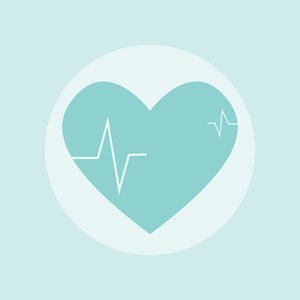Near-death experiences and the change of worldview in survivors of sudden cardiac arrest: A phenomenological and hermeneutical study

Accepted: 6 December 2022
All claims expressed in this article are solely those of the authors and do not necessarily represent those of their affiliated organizations, or those of the publisher, the editors and the reviewers. Any product that may be evaluated in this article or claim that may be made by its manufacturer is not guaranteed or endorsed by the publisher.
Authors
Near-death experiences (NDEs) can occur during episodes of unconsciousness from life-threatening conditions, such as sudden cardiac arrests (SCAs). This study is based on interviews with patients who had an NDE. The interviews were analyzed with phenomenological hermeneutical method for their lived experiences and the meaning for the view of life and death. Four participants were interviewed 10 weeks after their NDE. Four themes emerged: being on the other side, in another dimension; not dreaming, this is a real experience; being in a non-physical condition without my body; and comparing views of life and death before and after the NDEs. The participants described the NDEs as an experience of another realm as non-physical in nature and existing beyond space and time. This study shows that this experience of another state of being, through the lived experiences of NDEs, gave the participants an entirely new meaning on life and death. To them, death was no longer viewed as an end but a passage into something else and that life continues after death. This realization instantly changed their worldview.
How to Cite

This work is licensed under a Creative Commons Attribution-NonCommercial 4.0 International License.
PAGEPress has chosen to apply the Creative Commons Attribution NonCommercial 4.0 International License (CC BY-NC 4.0) to all manuscripts to be published.

 https://doi.org/10.4081/qrmh.2022.10241
https://doi.org/10.4081/qrmh.2022.10241



